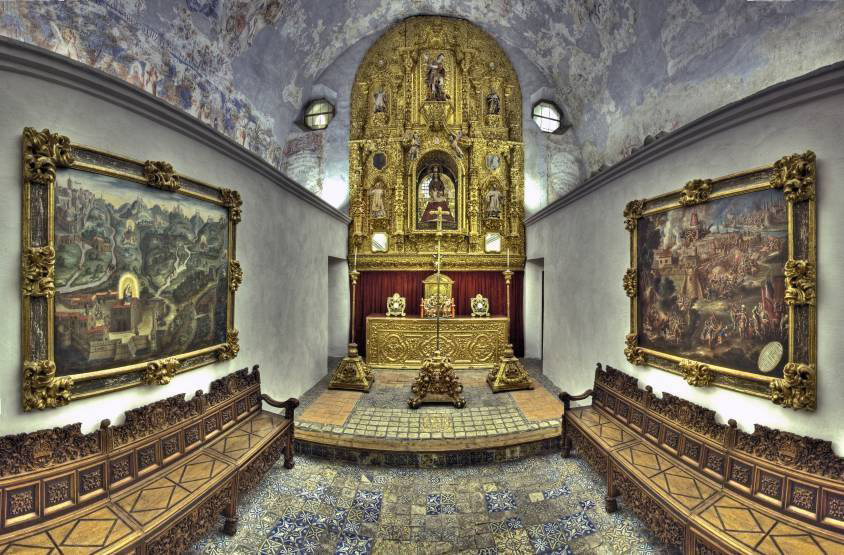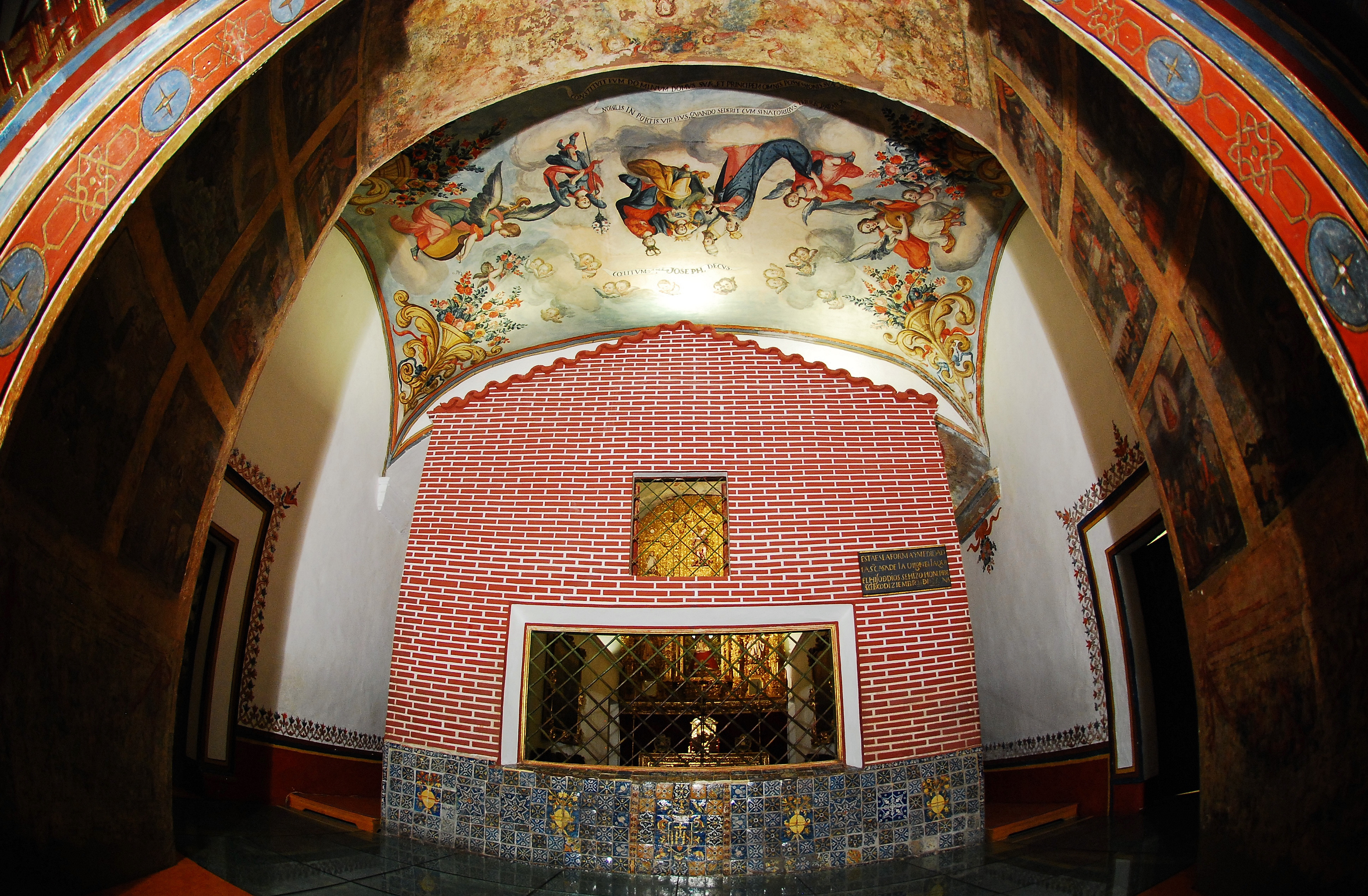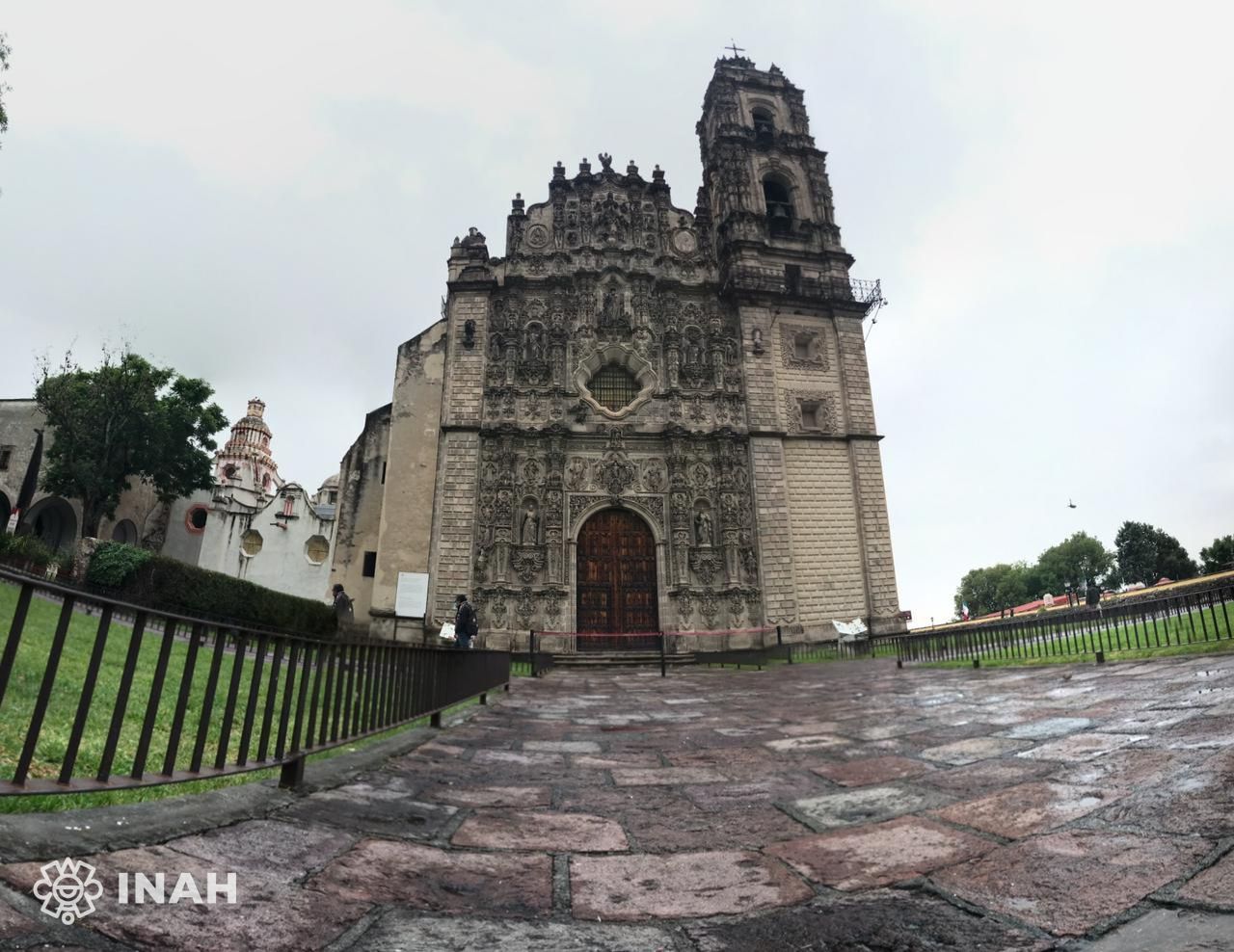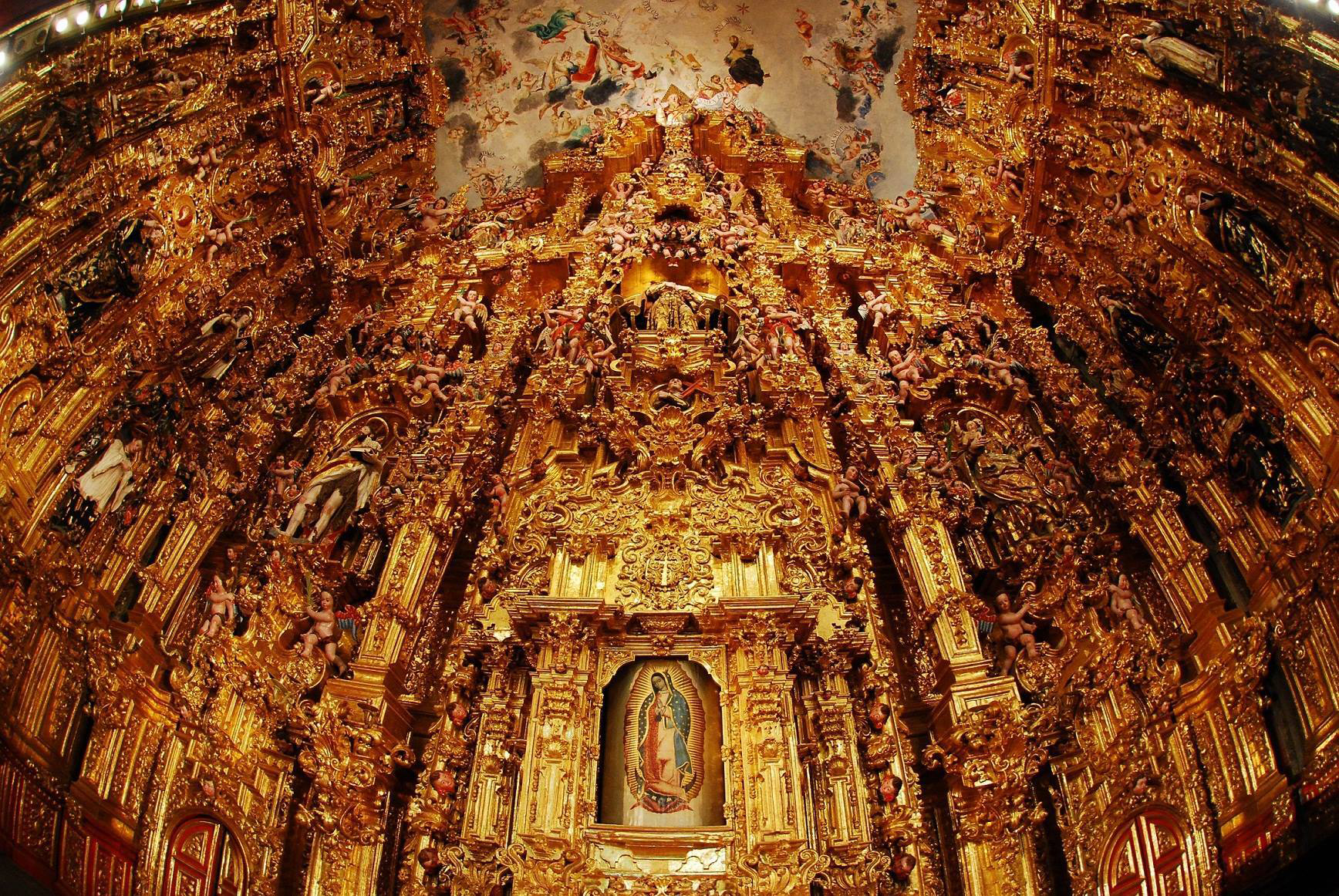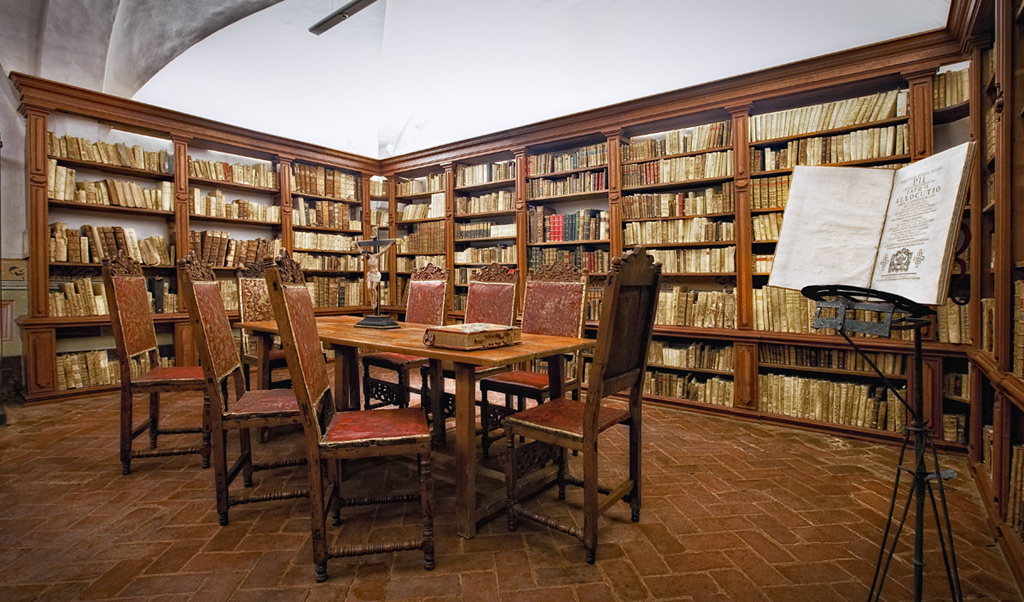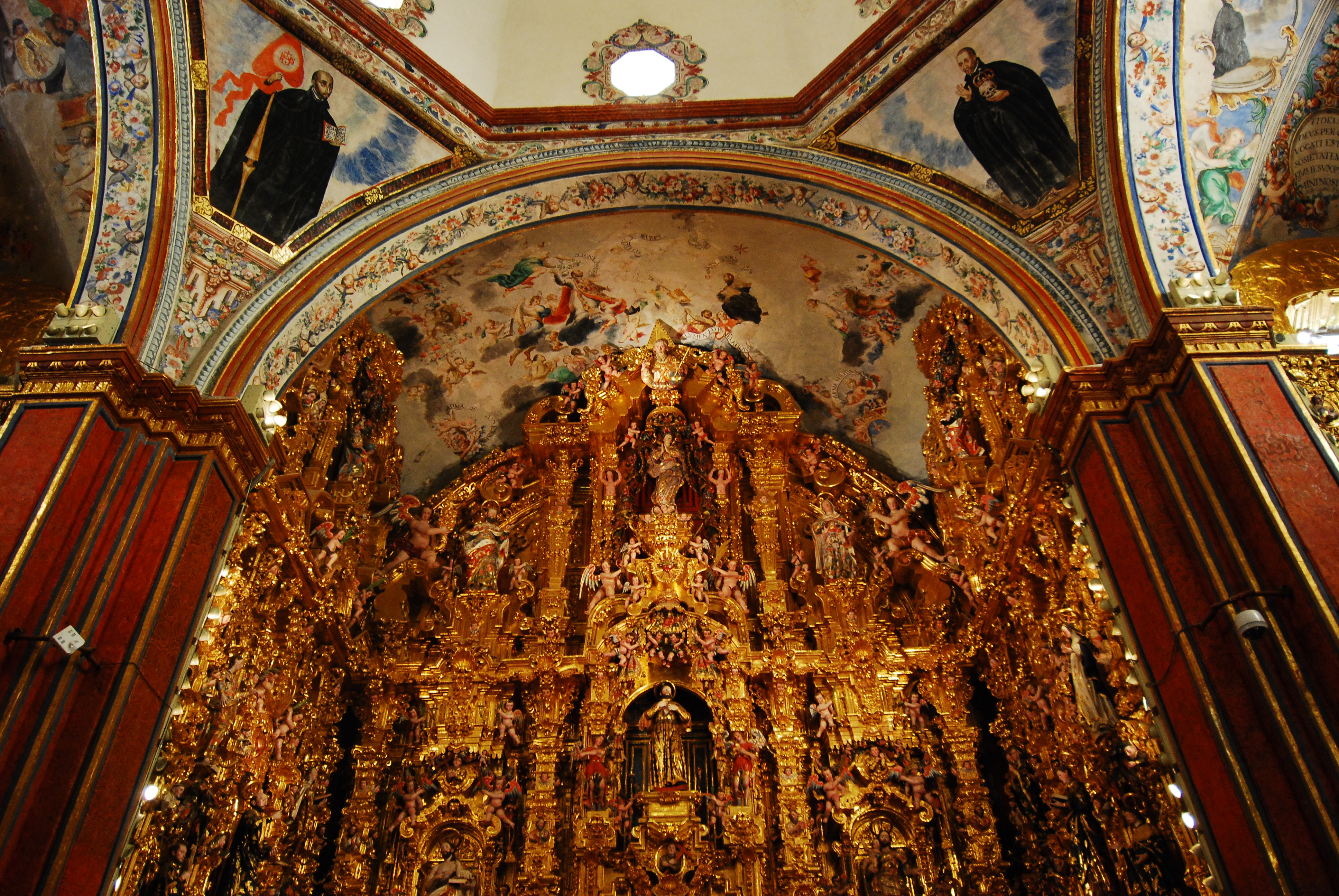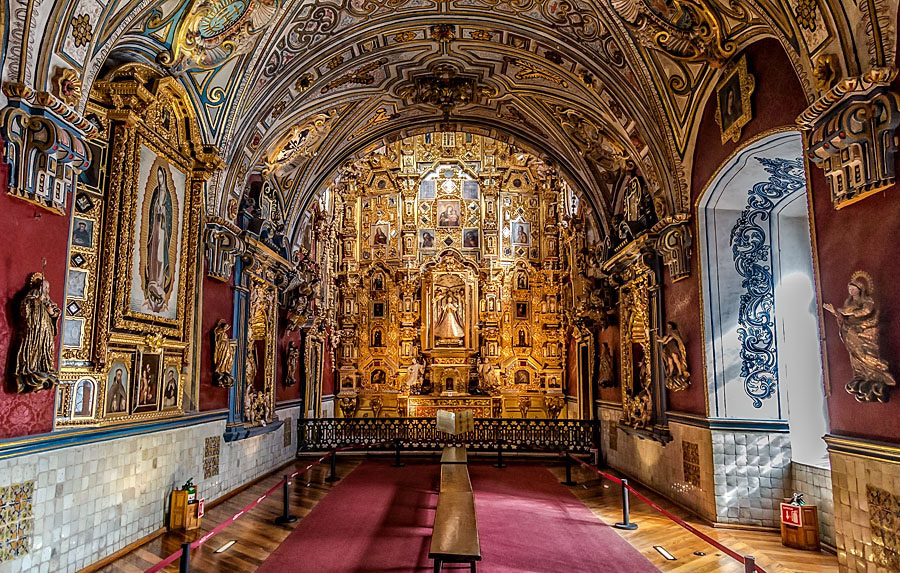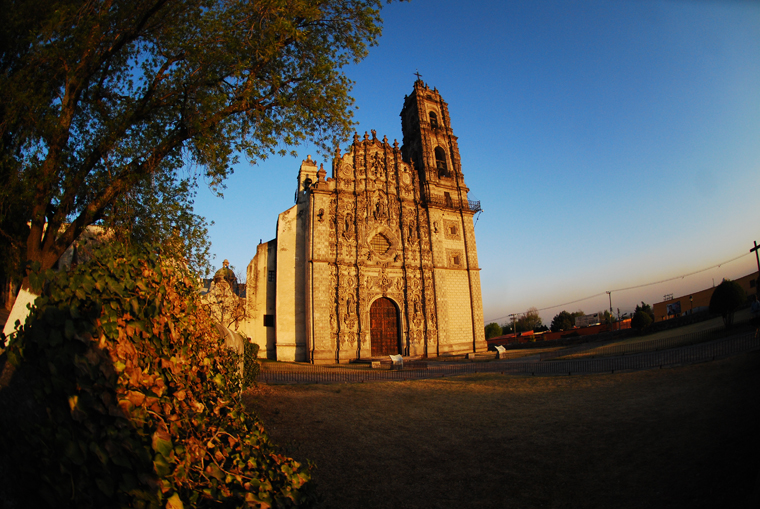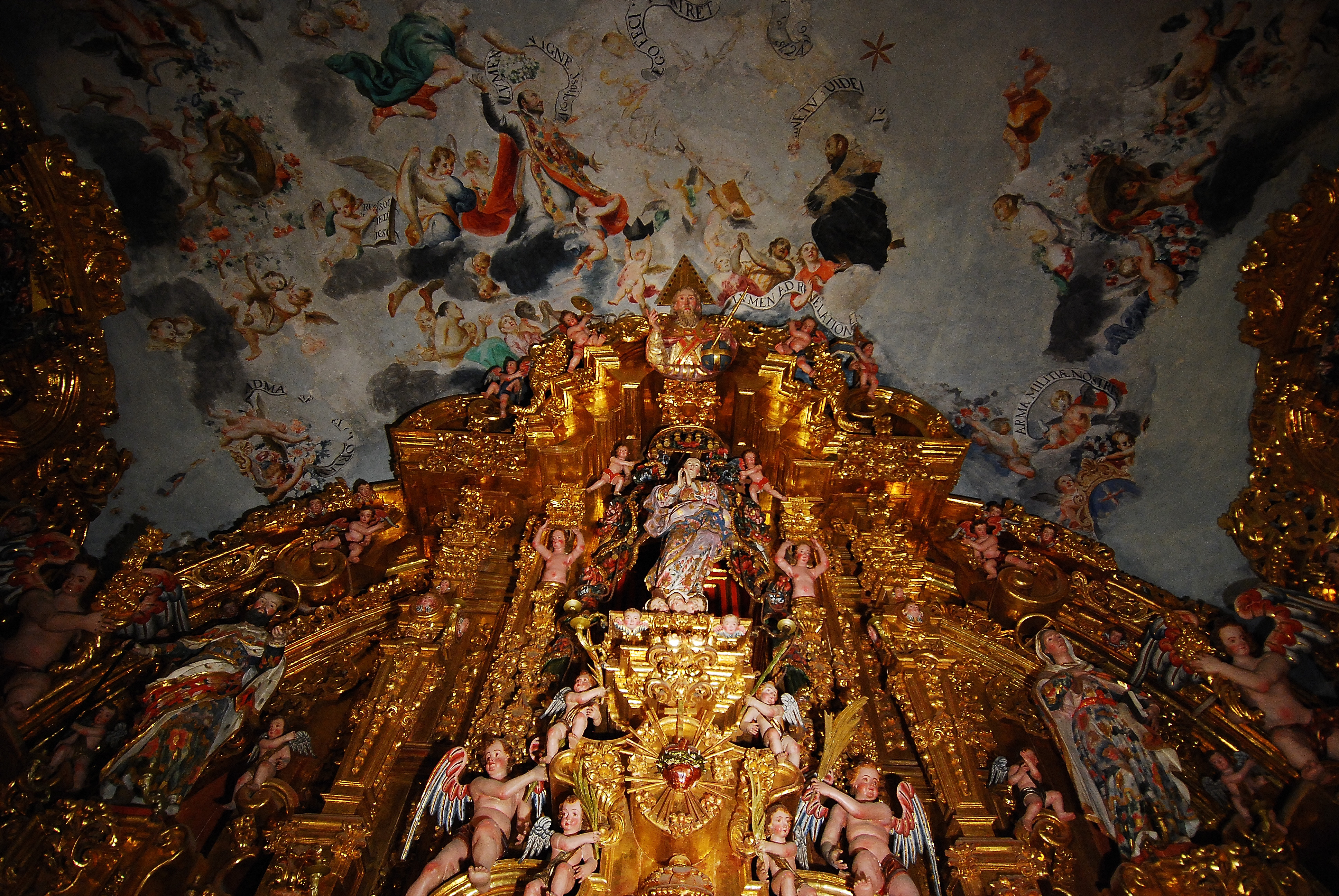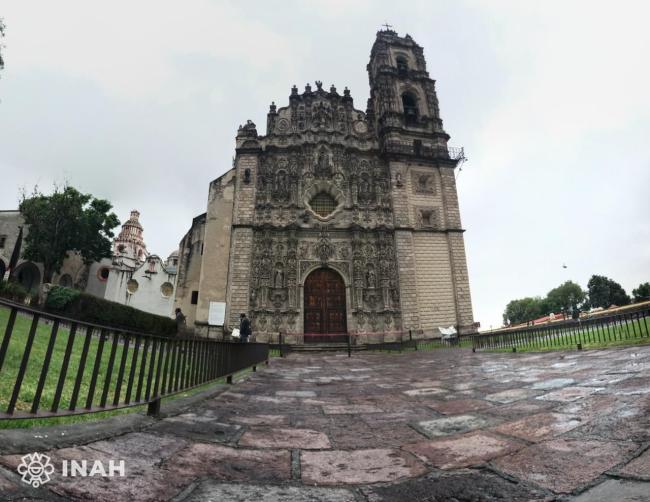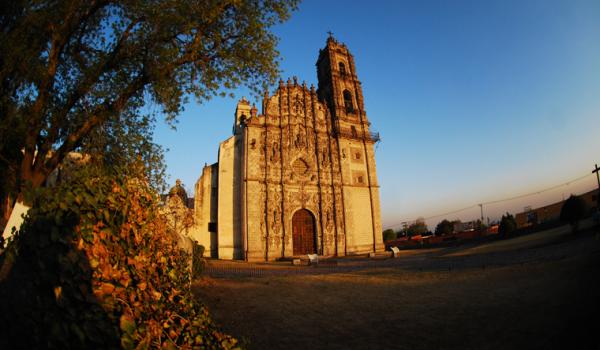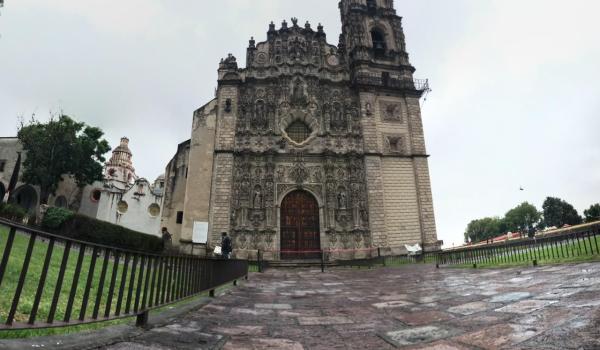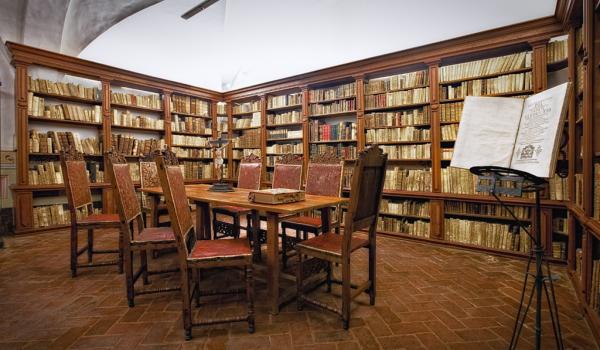Antiguo Colegio de San Francisco Javier en Tepotzotlán
Route element
Antiguo Colegio de San Francisco Javier en Tepotzotlán
Located in the municipality of Tepotzotlán, State of Mexico, the ancient Conciliar College and Seminary of San Francisco Javier, of the Society of Jesus, was for many generations a pilgrimage site for the Chichimeca until the formal establishment of the independent lordship of Tepotzotlán in 1460 during the 15th century.
After the fall of Mexico Tenochtitlán and the Spanish advance into other regions, the construction of religious buildings in Tepotzotlán began in 1525 with a chapel built by Franciscan friars. This chapel was erected upon ancient indigenous structures. Later, with the arrival of the Jesuits in 1580, construction activities flourished with the grandeur for which they are renowned along the Royal Inland Road
Since the second half of the 16th century, the area now known as the State of Mexico was primarily dedicated to the evangelization and education of indigenous people and children of Spaniards. Upon arriving in Tepotzotlán, the Jesuits established a college for indigenous languages.
The excellent management of their resources, obtained through various means including donations and the administration of their haciendas, allowed the Jesuit order not only to fulfill their evangelical and educational work but also facilitated the construction of majestic buildings, typically large and comfortable colleges or seminaries. One of these buildings was the Novitiate College of San Francisco Javier, which, in addition to having worship spaces, included a complex of buildings that formed the Seminary and House of Population of the Company.
The complex has two very distinct artistic periods: the first, from the 17th century (1610-1640), includes the church (excluding the tower and facade), the college, the ground floor of the Aljibes, the Domestic Chapel, the Patio de Naranjos (Orange Tree Courtyard), and related dependencies. The second, from the 18th century (1730-1770), includes the Camarín, the Chapel of Loreto, the Reliquary of San José, the tower, and the Churrigueresque facade of the church. The latter, the facade of the church of San Francisco Javier, is one of the finest examples of 18th-century New Spanish art, crafted by the architect Ildefonso Iniesta Durán in a design that represents Mexican Churrigueresque or estípite Baroque.
Los jesuitas also distinguished themselves as fervent promoters of agriculture and livestock farming, as well as the implementation of hydraulic techniques and roads, which made the college a fundamental gear for the economic development of the region. This position led it to become a crucial point along the Camino Real de Tierra Adentro on the stretch from Mexico City to Jilotepec (also in the State of Mexico), Tepeji del Río, Hidalgo, and San Juan del Río, Querétaro. Along this route, they traversed, laden with cultural baggage, sowing knowledge and influence.
The fruitful work of the Jesuits was cut short in 1767 when King Charles III expelled the order from all Spanish territories. The property remained abandoned until 1774, although it continued to be managed by the temporalities board. In 1777, the former Jesuit college was converted into a Conciliar Seminary for secular clergy.
With the Reform Laws, the architectural complex became property of the Nation. In 1933, it was declared a Historic Monument, and in 1964, the National Museum of the Viceroyalty was established there, which gathers in its buildings and collections the most solid viceregal heritage of Mexico.

